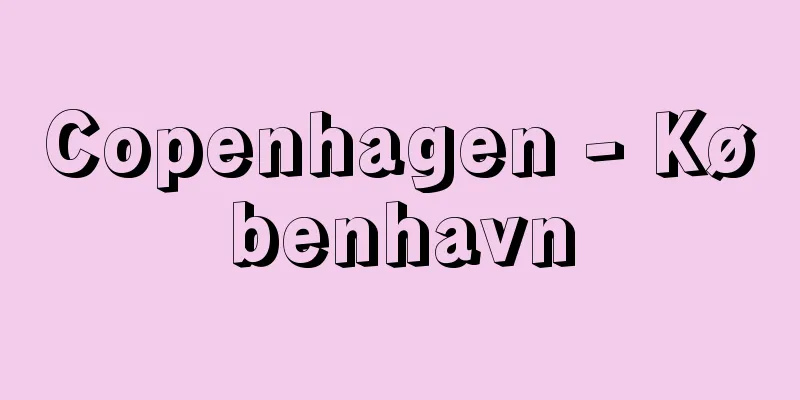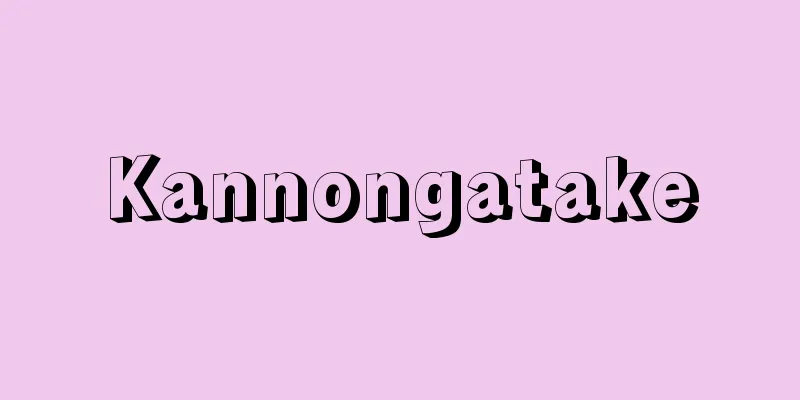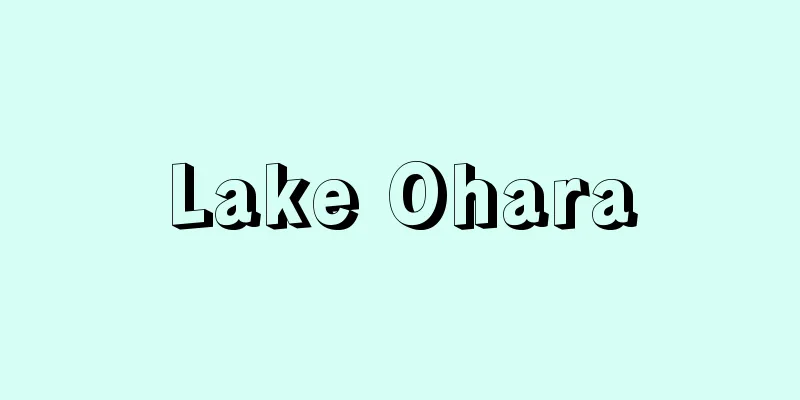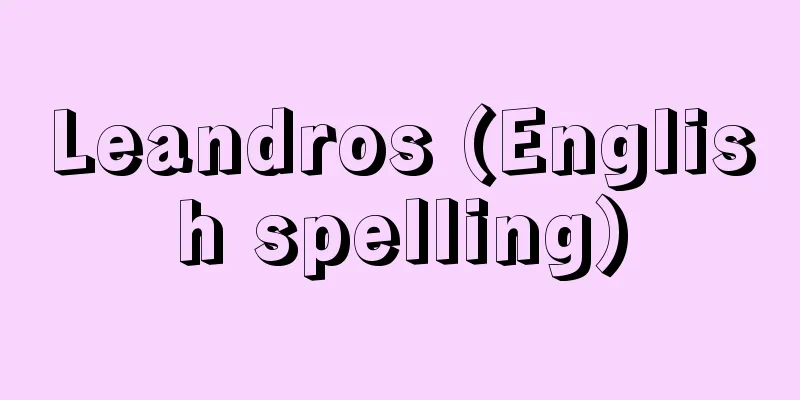Copenhagen - København

|
The capital of Denmark. It spans the islands of Zealand and Amaa, which face the Øresund Strait. "Copenhagen" is the English word for Copenhagen, and its original pronunciation is close to "Köbenhavn". Usually, Copenhagen refers to the area of the three districts of Copenhagen (area 88.3 square kilometers, population 500,531), Frederiksberg (area 8.7 square kilometers, population 91,322), and Gentofte (area 25.4 square kilometers, population 68,213), with an area of 122.4 square kilometers and a population of 660,066 (2002). The surrounding 25 districts are also called "Greater Copenhagen" or "Capital Region", and its area of 985.8 square kilometers and population of 1,084,556 (2002) are adopted as international statistical data, providing the numerical basis for the city being the only one million-person city in Northern Europe. Greater Copenhagen, where one-fifth of Denmark's total population is concentrated, is the largest commercial and industrial city not only in the country but also in Scandinavia, and its harbor, with a total length of 42 kilometers of wharves, is an important port that serves as the home port for two-thirds of Danish merchant ships. Karstrup International Airport on Amaa Island is the largest international airport in Scandinavia. Various industries have also developed, from traditional crafts such as pottery to steel, metals, textiles, brewing, food, and chemical industries, and Copenhagen accounts for approximately 40% of Denmark's total industrial production. The landscape of the former fortress city changed drastically in 1852 when the fortified walls surrounding the city were demolished and replaced with roads. The moats that once lined the outside of the fortress in a mountain pattern can now be seen in the ponds of the Tivoli Gardens and the Botanical Gardens, and a large moat is lined up in a row even further outside of that. There is also a former barracks on the remains of the fortress at the canal of Christianshavn, which still retains the vestiges of the fortress port. There is currently a residential area called "Christiania" there, for young people who reject all authority and tradition. In 1973, the city authorities allowed its existence for a three-year period, and in 1978 they fully recognized it. The city authorities, who accepted this unique "freedom," had already established a facility for the elderly as a pioneering welfare policy in 1901, and in 1918 expanded it to establish an autonomous "seniors' town" within the city. These measures are also a reflection of the city's basic policy of respecting the freedom of individual life. The old town, located inside the castle walls, is lined with monumental buildings such as the Round Tower and the Stock Exchange, built by Christian IV (reigned 1588-1648), as well as many other old buildings. The pedestrian-only street Strøget, which opened in 1963, runs through the block from the Town Hall Square to Kongens Nytów Square. This street, along with the amusement park Tivoli, which opened in 1843, is crowded with tourists from all over the world. The city spreads out in five directions along the lines of the urban railway network that opened in 1934, with the old town at its center. [Murai Masato] historyIn 1043, Bishop Absalon built a castle (1167-71) on the site, which was already known as a "port," as a base for controlling the Baltic Sea and for defending the country. At the end of the 12th century, it was called Købmandshavn (meaning "merchant's port") and prospered through herring fishing and trade. At the end of the 13th century, it was called København, its current name. It obtained "city rights" in 1254 and grew in competition with the Hanseatic League. In 1416, King Erik af Pommern of Denmark set out to make it his castle, and it has been the capital since 1443. In 1479, a university was founded, and the capital took shape. It was devastated during the Counts' War (1535-36), but prospered under the reign of Christian IV. He established a port at Kristianshavn and expanded the city, building Rosenborg Castle and the sailors' quarter of Nyboða in the new town, as well as many other buildings in the "Christian IV style". In 1658, Denmark was besieged by the army led by Swedish King Charles X, but the citizens fought bravely under Frederick III, and in return for this, they were granted the privilege of being the capital when the absolute monarchy was established in 1660. The city was repeatedly devastated by the plague epidemic in 1711, fires in 1728 and 1795, and bombardment by British ships during the Napoleonic Wars (1807), but its status remained unshakable. In March 1848, the privilege of the capital city under the absolute monarchy, the right of direct appeal, was exercised, and more than 15,000 citizens marched towards Christianborg Castle, the royal castle at the time, and the absolute monarchy collapsed without bloodshed. This political upheaval ultimately led to two wars against Germany, and Denmark suffered a decisive defeat in 1864. The population of 120,000 in 1840 rose to over 200,000 in the 1870s along with the call for industrialization of the "capital region," symbolized by the words of Copenhagen poet Holst HP Holst (1811-93) "What we have lost outside, we will recover inside," and grew to 235,000 in the 1880s and 401,000 in 1901. Denmark managed to maintain its neutrality during World War I, but during World War II, dark days continued from the morning of April 9, 1940, when the capital was occupied by German troops, until its liberation on May 5, 1945. [Murai Masato] [References] |It was created based on Andersen's fairy tale "The Little Mermaid." It was made by sculptor E. Eriksson and is about 80cm tall. It is a beloved symbol of Copenhagen. It is located in the northeastern part of Copenhagen harbor. Denmark Copenhagen ©Shogakukan "> Little Mermaid Statue Strøget is a pedestrian street that stretches from City Hall Square to Kongens Nytów Square. It is a major shopping street lined with luxury brand stores and restaurants. Denmark, Copenhagen ©Shogakukan "> Copenhagen cityscape One of the most representative sights of Copenhagen, with 18th century buildings remaining along the canal. There are also many cafes and restaurants, making it a popular tourist spot. Denmark Copenhagen ©Shogakukan "> Nyhavn district A castle that has been used as the Danish royal palace since 1794. It is also called Amalienborg Palace. In the square stands an equestrian statue of the palace's builder, Frederick V. Denmark Copenhagen ©Shogakukan "> Amalienborg Palace Source: Shogakukan Encyclopedia Nipponica About Encyclopedia Nipponica Information | Legend |
|
デンマークの首都。エアスン(エーレスンド)海峡に臨むシェラン島とアマア島にまたがる。「コペンハーゲン」Copenhagenは英語で、原音では「ケーベンハウン」に近似。通常、コペンハーゲンはコペンハーゲン区(面積88.3平方キロメートル、人口50万0531)、フレゼリクスベア区(面積8.7平方キロメートル、人口9万1322)、ゲントフテ区(面積25.4平方キロメートル、人口6万8213)の3区をあわせた領域をさし、面積122.4平方キロメートル、人口66万0066(2002)。また周辺25区をあわせて「大コペンハーゲン」「首都圏」とよばれ、その面積985.8平方キロメートル、人口108万4556(2002)は国際的統計のデータとして採用され、北欧唯一の100万都市とされる数字的根拠となっている。 デンマーク全人口の5分の1が集中している大コペンハーゲンは、国内はもとより北欧最大の商工業都市であり、埠頭(ふとう)総延長42キロメートルに及ぶ港湾は、デンマーク商船数の3分の2がその母港として利用する重要港となっている。アマア島のカーストロップ国際空港は、北欧最大の規模を有する北欧の玄関口である。また製陶業など伝統的工芸から、鉄鋼、金属、繊維、醸造、食料品、化学工業に至る各種産業が発達し、デンマーク国内の全工業生産高の約40%をコペンハーゲンが占めている。 かつての要塞(ようさい)都市の景観は、1852年に同市を囲んでいた城塁が廃されて道路となり、大きく変貌(へんぼう)し、城塁の外側に山型文様風に並んでいた堀割は、現在チボリ公園や植物園内の池にそのおもかげをとどめ、さらにその外側に大きな堀が一列に並んでいる。また要塞港の名残(なごり)を伝えるクリスティアンスハウンの運河の築城跡には旧兵営がある。そこには、現在、いっさいの権威や伝統を否定する若者たちの居住地「クリスティアニア」があり、1973年に市当局が3年間の期限付きでその存在を容認、1978年には完全にそれを公認した。この特異な「自由」を容認した市当局は、すでに1901年に先駆的な福祉政策として高齢者用施設を設け、それを1918年に拡大して自治的な「老人の町」を市内に設定している。これらの施策は、個人生活の自由を尊重する当市の基本政策の表れでもある。城塁の内側に位置した旧市街は、クリスティアン4世(在位1588~1648)によって建築された「円塔」や証券取引所などの記念碑的建造物のほか、古くからの建物が建ち並び、その街区を縫うように、1963年以来の歩行者専用道路ストロイエッ通りが市庁舎前広場からコンゲンスニュトウ広場まで延びている。そこは1843年に開園された遊園地「チボリ」とともに世界中からの観光客でにぎわっている。この旧市街を中心にして、市街地は1934年に開設された都市鉄道網の沿線の5方向へと延び広がっている。 [村井誠人] 歴史1043年にすでに「港」とよばれていた地に、アブサロン司教がバルト海制圧と国土防衛の拠点として築城(1167~71)、12世紀末にはケーブマンスハウンKøbmandshavn(「商人の港」の意)とよばれ、ニシン漁、交易で栄えた。13世紀末には現在名のケーベンハウンでよばれるようになった。1254年に「都市権」を得、ハンザ同盟との角逐のなかで成長し、1416年デンマーク王エリックErik af Pommernが居城として先鞭(せんべん)をつけ、1443年以来、現在に至るまで首都となっている。1479年に大学が創立され、首都の体裁が整い、伯爵戦争(1535~36)で荒廃したが、クリスティアン4世治政下で繁栄した。彼はクリスティアンスハウンを築港して市域を拡大、新市域にローセンボー城、船員居住区ニュボーザを建設し、ほかにも「クリスティアン4世様式」の建造物を多く建てた。 1658年、スウェーデン王カール10世の率いる軍隊に包囲され、フレゼリク3世のもとで市民は奮戦し、その功に報いて1660年の絶対王制の確立時に首都としての特権が付与された。1711年のペストの流行、1728年・1795年の大火、ナポレオン戦争時のイギリス艦の砲撃(1807)などにより幾度も荒廃を重ねつつも、同市の地位は揺るがなかった。1848年3月、絶対王制下の首都の特権「直訴権」が行使され、当時の王城であったクリスティアンボー城を目ざして1万5000人以上の市民が大行進を行い、無血のうちに絶対王制は崩壊した。この政変は、結果として二度にわたる対ドイツ戦争を招来し、デンマークは1864年に決定的敗北を喫した。1840年の12万の人口は、1870年代に入って、コペンハーゲンの詩人ホルストH. P. Holst(1811―93)の「外へ失いしものを内にて取り戻さん」ということばに象徴される「首都圏」の工業化の掛け声とともに上昇して20万を超え、1880年代には23万5000、1901年には40万1000へと伸びていった。第一次世界大戦で中立を維持しえたデンマークも、第二次世界大戦には、1940年4月9日朝、首都がドイツ軍に占領されてから1945年5月5日の解放まで暗い日々が続いた。 [村井誠人] [参照項目] |アンデルセンの童話『人魚姫』をもとにつくられた。彫刻家E. エリクソンの作で、像高約80cm。コペンハーゲンのシンボルとして親しまれている。コペンハーゲン港北東部にある。デンマーク コペンハーゲン©Shogakukan"> 人魚姫の像 市庁舎前広場からコンゲンスニュトウ広場まで延びる歩行者専用道路ストロイエッ通り。高級ブランド品店やレストランなどが軒を連ねる一大ショッピング街を形成している。デンマーク コペンハーゲン©Shogakukan"> コペンハーゲンの町並み 運河沿いに18世紀の建物が残る、コペンハーゲンを代表する景観の一つ。カフェーやレストランも多く、人気の観光スポットとなっている。デンマーク コペンハーゲン©Shogakukan"> ニューハウン地区 1794年以来デンマークの王宮として使われている城館。アマリエンボー宮殿ともいう。広場には宮殿の造営者フレゼリク5世の騎馬像が建つ。デンマーク コペンハーゲン©Shogakukan"> アマリエンボール宮殿 出典 小学館 日本大百科全書(ニッポニカ)日本大百科全書(ニッポニカ)について 情報 | 凡例 |
Recommend
Republican People's Party (Turkey)
The ideology that led the revolution was based on...
Cassini, GD
…He was invited to join the newly established Aca...
Gaskol - Gaskol
... After that, the second oil shock at the end o...
Hemp chest - Oke
…Historically, the bent barrel is older, and many...
Ideology - Ideologie (English spelling) German
It is sometimes translated as "ideal form&qu...
Ashigara Pass - Ashigara Pass
A checkpoint established on the ancient official r...
Amphoteric oxide
...In contrast, for elements that are intermediat...
Confessions of a Mask - Confessions of a Mask
A novel by Yukio Mishima. Published by Kawade Sho...
Lapeyrousia grandiflora (English spelling)
…[Tora Saburo Kawabata]. … *Some of the terminolo...
Abelian group
...When a group's operations are commutative ...
Onoe Kikugorou (II)
...The art was continued by the 15th Uzaemon and ...
Israel Philharmonic Symphony Orchestra
...Composers include Paul Ben-Haim, Ben-Zion Orga...
Jagoke - Jagoke
A species of moss in the Conocaceae family. The p...
Residents - Residents (English spelling)
Foreign Exchange and Foreign Trade Act (Foreign Ex...
Alpi
… [Topography, Climate] A large mountain range th...









